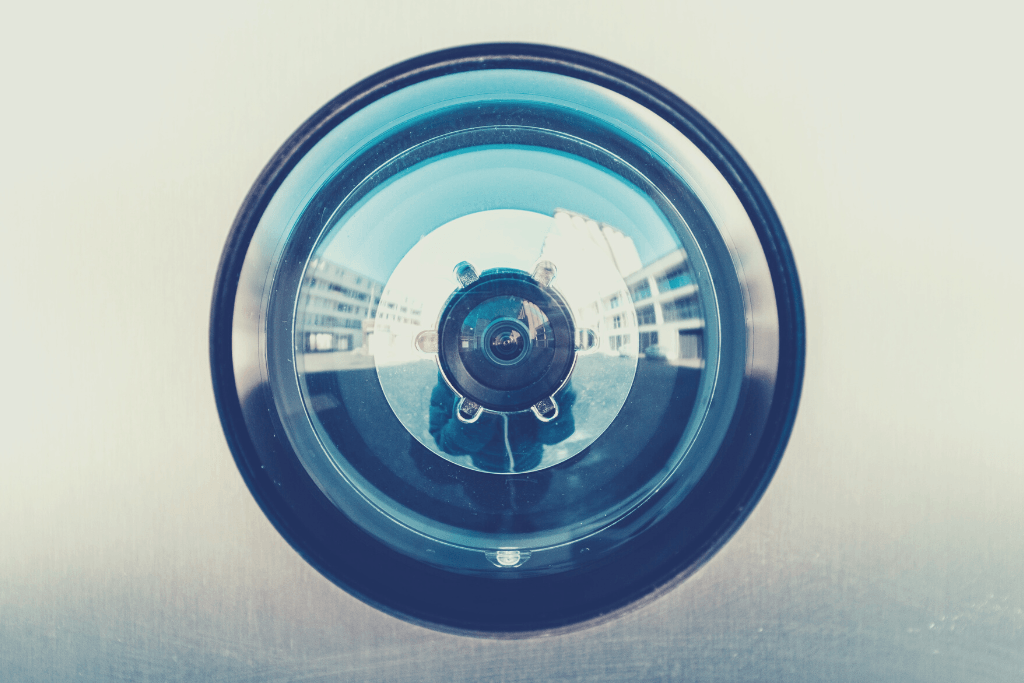Despite the lingering misconceptions about facial recognition technologies, they’re becoming more and more prevalent in many areas of our lives where security is concerned. Especially since facial recognition can facilitate a touch-free process of access, the COVID-19 pandemic has accelerated the widespread acceptance and adaptation of these technologies.
In addition, many governments, airports, and airline companies took the travel hiatus due to lockdowns as an opportunity to invest in infrastructural and technological advancements. As a result, biometric boarding is already a reality in hundreds of airports around the world. As of 2021, 60 percent of countries already had airports with some facial recognition solutions — and many more airports committed to trialing biometric identity management solutions.
As facial recognition technologies have slowly begun to replace our physical boarding passes, we explore the answers to some of the top questions on these technologies.
Are Facial Recognition Technologies Accurate?

Thanks to AI and “deep learning” techniques, there have been drastic improvements in the field of image analysis and recognition. Likewise, according to a US-based National Institute of Standards and Technology (NIST) report, the latest facial recognition technologies have come a long way.
When NIST researchers ran simulations to identify the passengers and record their arrival and departure activities, the accuracy rates were over 99.5 percent.
“We found that accuracy varies across algorithms but that modern algorithms generally perform better. If airlines use the more accurate ones, passengers can board many flights with no errors,” said Patrick Grother, a NIST computer scientist and one of the report’s authors.
Are Passengers Willing to Use Biometrics?

Privacy is an understandable concern when it comes to sharing biometric data, even though there are stronger regulations in most countries and territories, and airline companies don’t typically save or store data.
As there’s rising awareness about the advantages of biometric applications during travel, an accelerating number of people are friendlier toward facial recognition technologies.
According to the 2021 Global Passenger Survey (GPS) conducted by the International Air Transport Association (IATA), 73 percent of passengers are willing to share their biometric data to improve airport processes, a striking difference from only 46 percent in 2019. Similarly, among just over a third of passengers who have experienced biometric data collection while traveling, 86 percent of them were satisfied with the experience.
How Will Biometrics Change Passenger Experiences at Airports?

Innovations in biometrics have the potential to revolutionize the passenger experience at airports, making it faster, smoother, and more secure for travelers, governments, and companies.
With accuracy rates proven to be higher than human-performed security checks, it’s possible to screen more people using fewer personnel, allowing the staff to focus on actual threats. Using facial recognition technologies, officials can onboard as many as 240 passengers in ten minutes.
Moreover, as facial recognition visually and digitally associates travelers with their luggage, it helps eliminate bag drop delays and the risk of luggage theft. With the right technologies, the entire airport experience can be nearly touch-free, further contributing to public health and the well-being of the passengers.
Without a long check-in, immigration, or luggage queue, travelers are poised to maximize comfort and convenience at tech-driven airports of the future, eliminating all the common stressors of travel in favor of its manifold joys.






